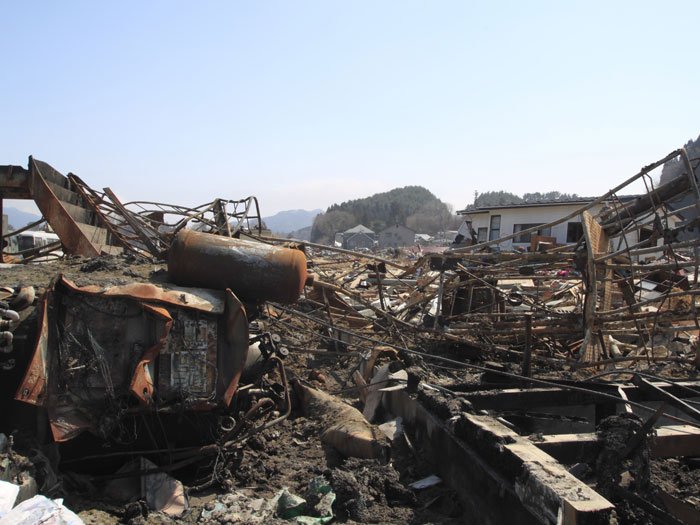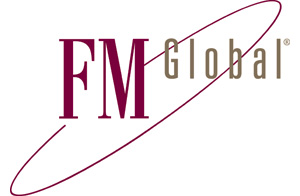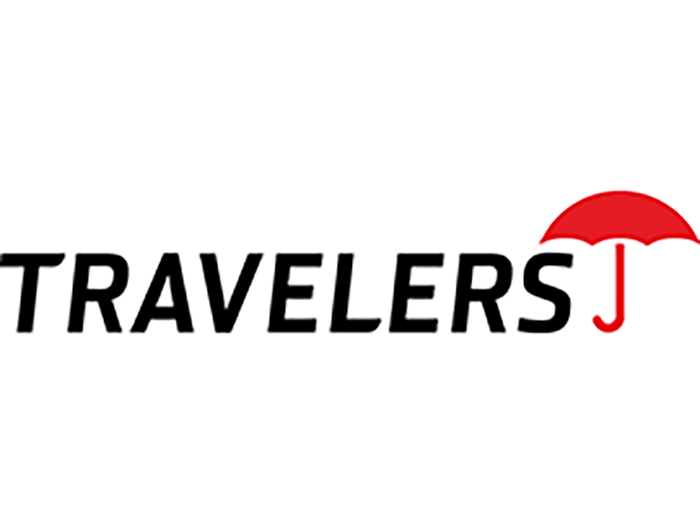Risk Scenario
Swarmed
Disclaimer: The events depicted in this scenario are fictitious. Any similarity to any corporation or person, living or dead, is merely coincidental.
Big Waters
Jill Heald is a woman that loves to focus and hates distractions.

Heald paid close attention when an earthquake struck Japan in 2011 and a typhoon flooded Thailand that same year.
The press and the trade press laid out the gory details. Major companies; auto manufacturers, electronics companies and telecommunications companies were hit with supply chain losses they did not see coming. And the losses were big.
As the risk manager for Auto-Spire, an electronics manufacturer that makes integrated circuits used in the automotive industry, the Thailand and Japan losses made a deep impression on Heald. She vowed to herself that that sort of thing would never happen to her company.
Post-2011, shifts in Auto-Spire’s procurement process resulted in the company sourcing semi-conductors from an up and coming Malaysian manufacturer. Looking ahead to 2016, Heald in mid-2015 began thinking about and seeking approval for an ambitious contingent time element coverage insurance package.
“How big are we talking?” her broker asked her when she first sketched her plan in a phone call.
“Based on a brief meeting I had with Auto-Spire procurement folks, I believe a $25 million program should be sufficient, given the redundancy of our supply chain,” Heald told her broker.
“Well, we’re not going to get it all in one place,” the broker said. “Let me make some calls,” he said.
“How about we set up some face-to-face meetings with some of the underwriters?” Heald said.
“No need,” the broker said. “This is what you’re paying me for,” he said.
Unease gnawed at Heald after she hung up with the broker. It would make her feel a lot better to meet with the underwriters and some of their claims teams.
But the broker was who he was. Nobody had his contacts and he was a wizard with carrier relationships, or so everybody said.
Two days later the broker called her back.
“Okay I’ve got some ideas but we’ve got some work to do,” the broker said.
The nut was this: The CTE program that Heald was envisioning was going to require the participation of two, maybe three carriers. The way the broker presented the story, he’d been burning the midnight oil to connect with underwriters in the U.S. and Bermuda.
“So let me see if I’ve got this straight,” Heald said.
“We’ve got one U.S. carrier on the primary layer at $15 million.”
“Correct,” the broker said.
“And two carriers in the second layer at $5 million a pop. Both based in Bermuda,” Heald said.
“Again, correct,” the broker said.
They both agreed the premium prices were historically very good. The location of the semi-conductor maker was not a high flood risk. And the soft property market was another blessing.
Heald and her broker bound the coverage before Thanksgiving for the year 2016.
In April of 2016, Typhoon Lumba-Lumba, Malaysian for dolphin, strikes Malaysia as a CAT 4.
Confusion
The morning after the typhoon strikes, Heald is online and on the phone trying to determine if the city where the Auto-Spire semi-conductor supplier is located was heavily damaged in the storm.

The good news is that it did not appear to be. The bad news comes within days when deliveries of semi-conductors from Malaysia to Auto-Spire’s U.S. factories slow to a crawl.
“Do we know what’s going on?” Heald said to an Auto-Spire executive in procurement at the end of the week.
“The communication there is horrible Jill,” the procurement executive said. “I wish I could tell you more, but right now I have next to nothing.”
“How could you have next to nothing?” Heald said to no one after she hung up with procurement. “It’s your job.”
Using her broker’s more robust international contacts, Heald pushes hard and gets some information. It’s just that the information she gets is not comforting.
The information is sketchy but it appears that several suppliers to the semi-conductor maker were knocked out by the typhoon.
Facing millions in lost sales, Heald and her broker file a claim on their CTE coverage for $20 million.
Heald is immediately descended upon by underwriters for the three carriers. The underwriters are demanding answers to a number of questions.
“We see there is no claims handling agreement associated with this program. Who’s the adjuster of record?” an underwriter for the U.S.-based carrier on the primary layer asked Heald.
“Adjuster of record? I’ve never heard of the phrase,” Jill Heald said.
With no claims handling agreement in place between Auto-Spire and the carriers on the CTE program, Heald spends weeks responding to the various carriers’ document requests.
Three weeks after the storm struck, Heald’s broker calls her with his version of good news.
“Hey, I talked to Ajax Ltd., they’re going to cut you a check for $1 million as an advance while these CTE claims get sorted out,” the broker said.
With semi-conductor shipments from Malaysia at a trickle, Heald takes little solace in this.
“Really? I guess I’ll take it,” Heald says. But the truth is that she’s worn down to a nub in all the back and forth between the carriers.
The lack of a claims handling agreement has translated into weeks of delays in getting claims information filed and adjusted. Each carrier has a different process for adjusting the claim.
All three carriers use the services of outside forensic accountants. Unfortunately, each carrier uses a different accounting firm.
There are also different terms and conditions between the different policies. Whether there could be coverage gaps created by those differing terms and conditions is an ongoing source of stress for Heald.
“There’s got to be a better way to do this,” she told her broker on the phone one day. “We should have had transparency into this ahead of time.”
“Look Jill, I’ve been doing this a long time,” the broker said.
“I don’t care how long you’ve been doing it. You and I could have done it better,” Heald shot back.
And one million is looking like a drop in the bucket next to lost sales to the automakers that are starting to reach into the tens of millions.
It’s now six weeks after the storm hit and the Malaysian supplier is still not fully back up to speed.
A Hellish Grind
The typhoon that struck Malaysia and clipped Auto-Spire’s supply chain resulted in $45 million in lost sales.

Heald heaps the blame on herself, even though this is an organizational failure. Heald was led to believe that $25 million of CTE was sufficient but Auto-Spire’s dependence on third party suppliers was increased due to the recent shift in its procurement process.
It wasn’t that the carriers on the program didn’t pay the claim, they eventually did. But the delays caused by the lack of a claims handling agreement created serious tension between Heald and the Auto-Spire C-suites. Not to mention cash flow problems on top of the lost sales due to the crimp in Auto-Spire’s supply chain.
“A promise to pay is a promise to pay…. in a timely manner,” her CFO thundered at her when she broke the news to him that due to delays in adjusting the Malaysia claims the carriers still hadn’t cut Auto-Spire checks.
“They are going to pay Jim, it’s just that the claims process got extended more than we would like,” Heald told him.
“It’s not the carriers’ fault,” she added.
“How do you mean?” he said.
“It’s my fault actually,” Heald said.
“I should have had a pre-loss claims handling agreement in place. That would have streamlined the process much more and given all parties a clearer picture of the claims handling process.
“But you didn’t do that,” the CFO said.
“No, I didn’t,” Heald said.
“What about your broker, shouldn’t he have put something like this in place?”
“I don’t want to blame him either. The fact is that we didn’t do it,” Heald said.
“So how much time do you think that cost us, in terms of getting paid,” the CFO said.
“Hard to say,” Heald said. “Six weeks minimum,” she added.
“Do you know what it costs to borrow $20 million for six weeks?” the CFO said.
“Not off of the top of my head,” Heald said.
“A lot,” the CFO said. “A lot.”
It is also clear to Heald that she needs to develop a better channel of communication with the procurement group so that she can be in a better position to procure adequate insurance for the needs created by Auto-Spire’s supply chain.
She thought she was doing the right thing in putting together a substantial CTE program. Now it all feels like a cruel joke.
Risk & Insurance® partnered with FM Global to produce this scenario. Below are FM Global’s recommendations on how to prevent the losses presented in the scenario. This perspective is not an editorial opinion of Risk & Insurance®.
What to Do Before a Loss
In most cases, you’ll receive no warning before disaster strikes. If you experience a sizable loss, the loss itself may be your smallest issue. You might also be worried about injuries, deaths, lost market share, revenue stream, notifying shareholders or something else.
When a loss happens, it is similar to the start of a professional sports game. It is a culmination of all the practice leading up to the game, only the practice is the pre-loss planning. That’s why pre-loss planning is so important. Before a loss occurs, work with your broker and/or insurer(s) to develop a plan for loss management that is carefully tailored to meet your unique needs.
The following is a list of the key information your loss management plan should cover:
- procedures and guidelines for handling loss, including a clear delineation of who will report the loss to your insurance partner(s).
- a detailed list of names and contact information of members of your emergency response team
- key contacts at your subsidiaries and remote offices
- contingency arrangements with emergency services and critical suppliers
- tailored loss-handling and claims cooperation agreements with other program participants
- global coordination requirements
- assignment of emergency duties for local plant personnel, your corporate insurance department, your broker and others
- a designated liaison to work with the adjuster
Without pre-loss planning, there can be fear of the unknown. However, with pre-loss planning it can be reassuring to know that you just have to pick up the phone and make only one call when a loss occurs, know who is coming to your site and know how your insurer will respond.
Many emotions come with an actual loss. Pre-loss planning can provide you that much needed level of confidence when you need it most in your job.











